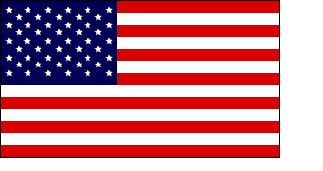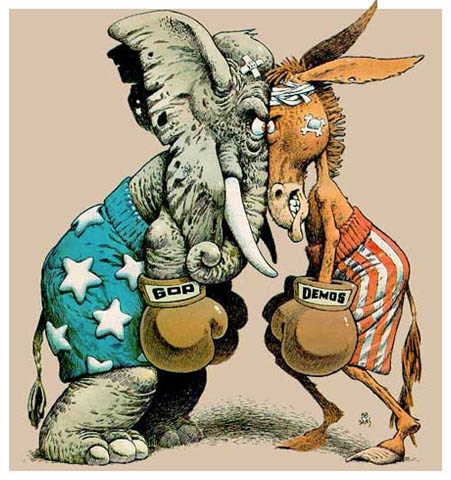

The “Stars and Stripes”, the official National symbol of the United States of America was authorized by congress on that Saturday of June 14, 1777 in the fifth item of the days agenda. The entry in the journal of the Continental Congress 1774-1789 Vol. Vlll 1777 reads “Resolved that the flag of the thirteen United States be Thirteen stripes alternate red and white: that the union be thirteen stars, white in a blue field, representing a new constellation.”
 In Waubeka,
Wisconsin, in 1885 Bernard John Cigrand a
nineteen year old school teacher in a one room school placed a 10” 38 star flag
in an inkwell and had his students write essays on what the flag meant to them.
He called June 14th the flag’s birthday. Stony Hill School is now a historical
site. From that day on Bernard J. Cigrand
dedicated himself to inspire not only his students but also all Americans in the
real meaning and majesty of our flag.
In Waubeka,
Wisconsin, in 1885 Bernard John Cigrand a
nineteen year old school teacher in a one room school placed a 10” 38 star flag
in an inkwell and had his students write essays on what the flag meant to them.
He called June 14th the flag’s birthday. Stony Hill School is now a historical
site. From that day on Bernard J. Cigrand
dedicated himself to inspire not only his students but also all Americans in the
real meaning and majesty of our flag.-Marine Committee of the Second Continental Congress, June 14, 1777
Flag Day is June 14, 2008
History of Flag Day
Flag Day is a celebration of the adoption of the American flag by Continental Congress in the First Flag Resolution of June 14, 1777. Although the 200-year anniversary of this date was celebrated by flying flags on public buildings and holding remembrances in several cities, Flag Day wasn’t officially recognized until President Harry Truman signed it into law in 1949.
Bernard J. Cigrand, known to the general public as the "Father of Flag Day," worked as a school teacher at Stony Hill School in Waubeka, Wisconsin. He held the first unofficial observance for Flag Day at that school in 1885, and today a bust of Cigrand stands in Waubeka at the National Flag Day Americanism Center.
Cigrand delivered speeches around the country about patriotism and holding an observance for the flag on June 14. He later became the president of the American Flag Day Association and the National Flag Day Society. He continued to promote his cause with backing from those organizations. According to amateur historian James L. Brown who wrote the booklet, "The Real Bernard J. Cigrand: Father of Flag Day," Cigrand once claimed he had given 2,188 speeches on the flag and patriotism. The Chicago Tribune noted that Cigrand "almost single-handedly" established Flag Day.
Although Cigrand is perhaps the most recognized candidate, several others have also claimed to be founders of Flag Day. In 1889 the principal of a free kindergarten, George Bolch, celebrated the anniversary of the Flag resolution at his New York City school. Soon the State Board of Education of New York, the Betsy Ross House in Philadelphia and the New York Society of the Sons of the Revolution celebrated Flag Day too.
In 1893 Elizabeth Duane Gillespie, a descendant of Benjamin Franklin and the president of the Colonial Dames of Pennsylvania, attempted to have a resolution passed deeming June 14 as Flag Day. That same year the Colonial Dames of Pennsylvania were responsible for a resolution passed requiring the American flag to be displayed on all Philadelphia’s public buildings. In 1937 Pennsylvania was the first state to make Flag Day a legal holiday.After much persistence and the support of many individuals, organizations, mayors, governors and five presidents, President Woodrow Wilson issued a proclamation requesting that June 14 become National Flag Day. In 1927 President Coolidge issued a second proclamation, and finally in 1949 Congress approved it and it became a law.
Soon after Flag Day became official, another law passed requiring the state superintendent of public schools to make sure patriotic holidays like Memorial Day, Flag Day, Lincoln’s birthday and Washington’s Birthday are observed in schools.





No comments:
Post a Comment